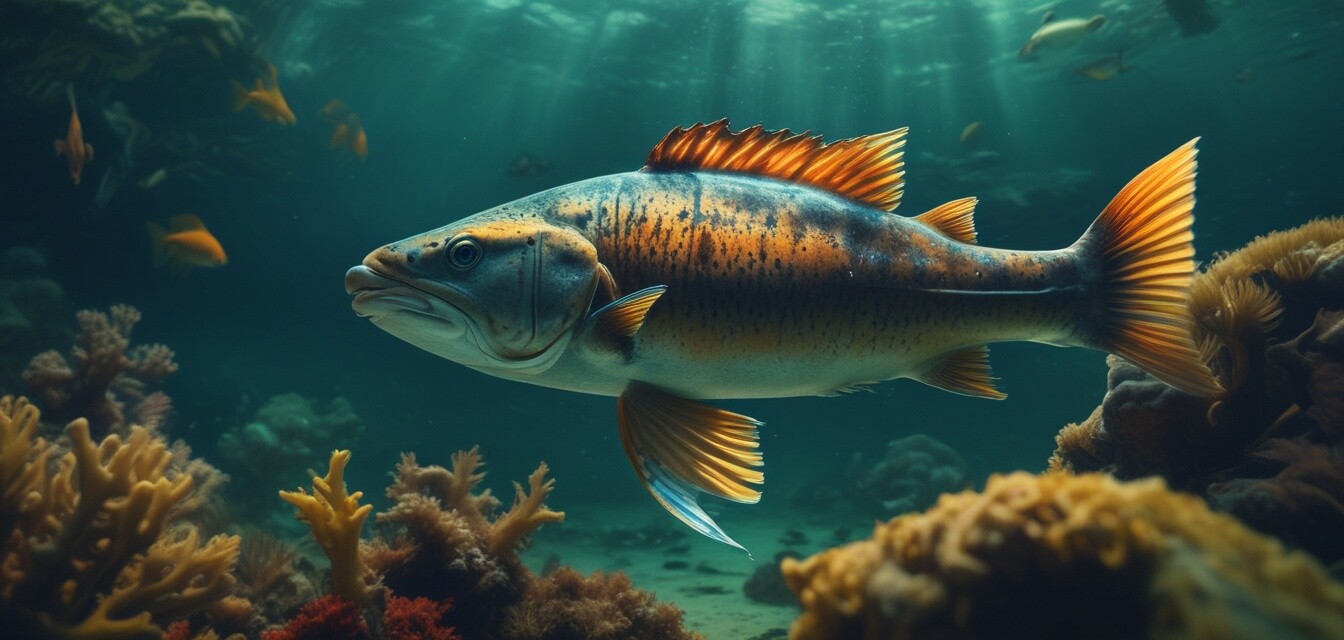
Overcoming Low Visibility Challenges in Underwater Photography
- Understand how light behaves underwater and its impact on visibility.
- Consider using specific equipment and techniques to enhance visibility.
- Post-processing can be essential in improving your underwater photos.
- Practice to build confidence in low visibility conditions.
Low visibility is one of the most significant challenges for underwater photographers. It can make capturing the beauty of underwater scenes difficult and frustrating. However, with the right strategies and equipment, you can significantly improve your underwater photography experience. This article will explore various techniques to help you overcome visibility issues, enhancing your photographic skills.
Understanding Low Visibility Conditions
Low visibility in underwater photography can be caused by a variety of factors, such as:
- Suspended particles in the water
- Algae blooms
- Depth of the water
- Lighting conditions
The impact of light underwater
Underwater, light quality diminishes significantly with depth, making it essential to understand how to compensate for these conditions. Here’s a breakdown of how light behaves underwater:
| Depth (m) | Light Quality | Color Loss |
|---|---|---|
| 0-5 | Bright, vibrant | All colors visible |
| 5-10 | Moderately bright | Red fades |
| 10-20 | Dull | Red and orange lost |
| 20+ | Very dull | All warm colors lost |
Equipment Tips for Low Visibility
Using the right equipment can dramatically improve your underwater photography in low visibility conditions. Here are some recommended gear and settings:
Beginner tips for low visibility photography
- Use wide-angle lenses: These can help capture a wider field of view while maintaining the details in the image.
- Invest in underwater lighting: Artificial lights can illuminate your subject and reduce the effects of murky water.
- Shoot in RAW: This gives you more flexibility in post-processing to correct colors and improve the image further.
- Lower your ISO: Reducing the ISO can help reduce noise, which is especially noticeable in murky water.
Techniques to Enhance Visibility
In addition to the right equipment, employing specific techniques during photography can greatly enhance the quality of your underwater images:
Pros of using techniques to enhance visibility
- Improved image clarity
- Better color representation
- More aesthetically pleasing compositions
Cons of using techniques to enhance visibility
- Additional equipment can be costly
- May require more time to set up
- May require knowledge of post-processing
Techniques to Consider
- Get close to your subject: This minimizes the amount of water between your camera and the subject.
- Position your lighting correctly: Ensure that lights are directed toward your subject to reduce backscatter from particles.
- Stabilize your camera: Use a tripod or your body to minimize camera shake, particularly in darker conditions.
- Be patient: Wait for the perfect moment for your subject to come into focus.
Each of these techniques can be adjusted based on the specific conditions you’re encountering underwater. Explore these strategies further in our guides on Tips and Techniques and equipment recommendations in Diving Equipment.
Post-Processing Techniques
After your dive, the right post-processing can make a significant difference in your final images. Here are some strategies to enhance low visibility shots:
- Adjust color balance to restore lost colors, especially reds and oranges.
- Increase contrast to differentiate foreground elements from the background.
- Use noise reduction tools to mitigate any grain that may have been captured.
To learn more about post-processing techniques, check our dedicated Tips and Techniques section.
Conclusion
Dealing with low visibility in underwater photography can be challenging, but it is entirely possible to overcome these obstacles with the right techniques and equipment. Keep experimenting, practicing, and learning, and you'll see your underwater photography improve.

